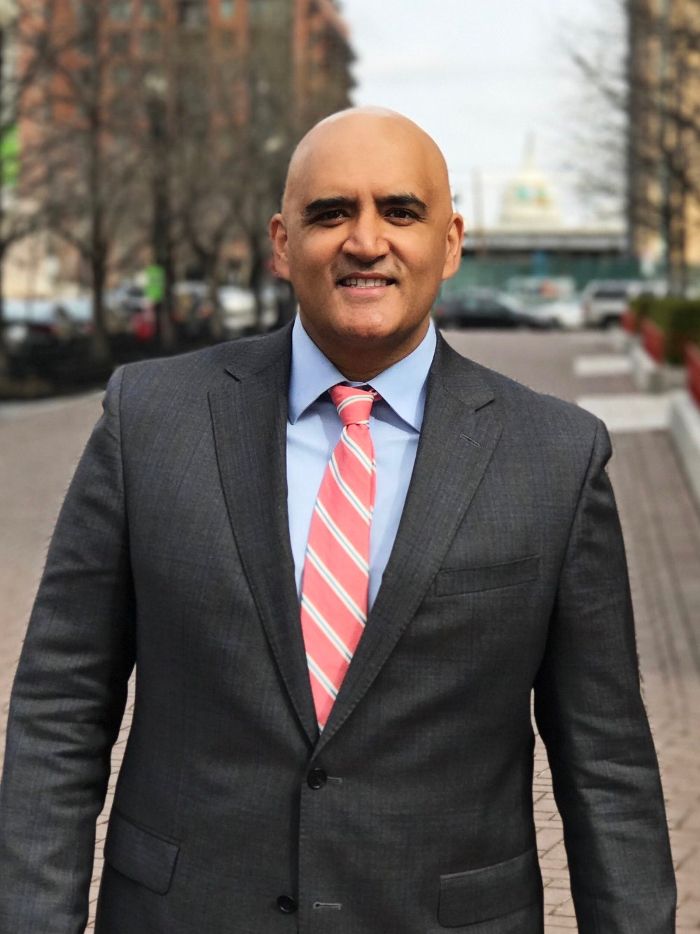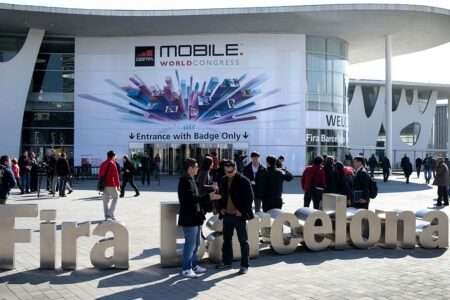Despite months of verbal and written protests from across the US transportation industry, the Federal Communications Commission (FCC) is now moving ahead with its course – first set in a November 2020 vote – to split the 5.9GHz band, previously reserved for transportation safety.
ITS America reflected concerns of state DOTs in voicing opposition to the splitting of the band, but now the FCC has released the 5.9 GHz First Report and Order to the Public Inspection Desk at the Federal Register (the order is scheduled to be officially published this coming Monday, May 3), ITS America president and CEO Shailen Bhatt, is shifting focus to protecting the 30MHz remaining for transportation safety from interference.

A statement from Bhatt reads: “In light of the increase in fatalities on American roadways last year, the FCC made a dangerous decision to give away a majority of the 5.9 GHz spectrum previously reserved for transportation safety. Not only has the FCC limited transportation use to 30 MHz of spectrum, it has failed to show that it will ensure that spectrum is usable by protecting it from harmful interference. The Intelligent Transportation Society of America (ITS America) has repeatedly said this decision will jeopardize public safety, as have nearly all other transportation safety experts.
“Our recent analysis shows that advanced Vehicle-to-Everything (V2X) applications will likely be lost within a 30 MHz environment. Additionally, USDOT and numerous transportation stakeholders have voiced serious concern that the FCC proposal would fail to adequately protect the remaining 30 MHz for V2X communications, potentially rendering it unusable. Given its determination to move forward with this misguided reallocation proposal, the FCC must at a minimum work with the U.S. Department of Transportation (USDOT) and the transportation industry to ensure that the remaining 30 MHz is free of harmful interference and usable for V2X technologies.
“The National Safety Council’s shocking estimate of an 8% jump in fatalities last year (42,060) is a stark example that while we have designed safer vehicles and built safer roads, we have continued to lose tens of thousands of people every year for decades. The only way to move from tens of thousands of deaths toward zero is by widely deploying V2X technology.
“Similarly, despite more fuel-efficient vehicles, transportation still accounts for 29% of greenhouse gas emissions in the United States. Achieving the President’s stated goal of reducing greenhouse gas emissions by 50% by 2030 will be extremely difficult without the environmental and congestion benefits that widespread V2X deployment will provide.”





